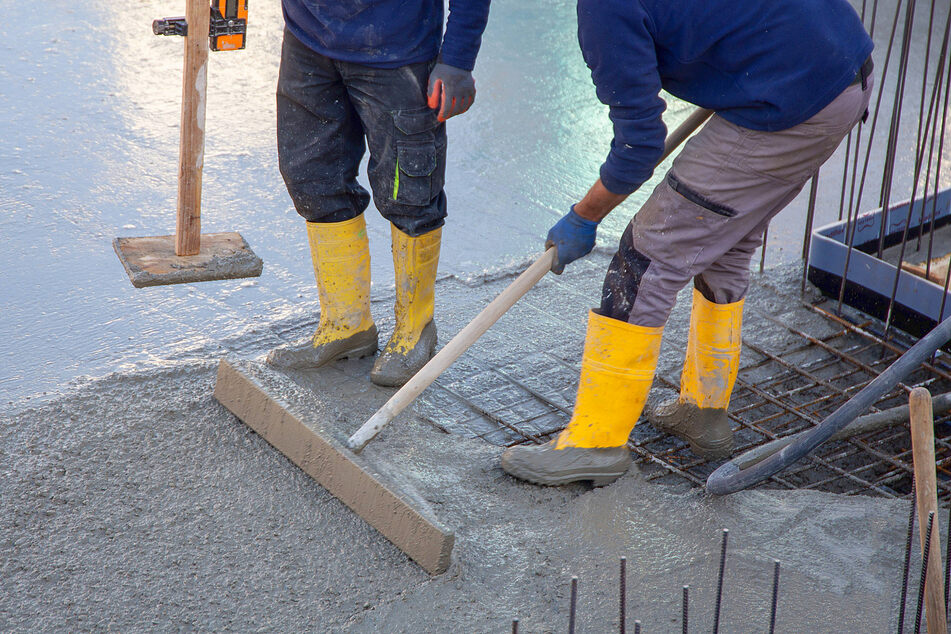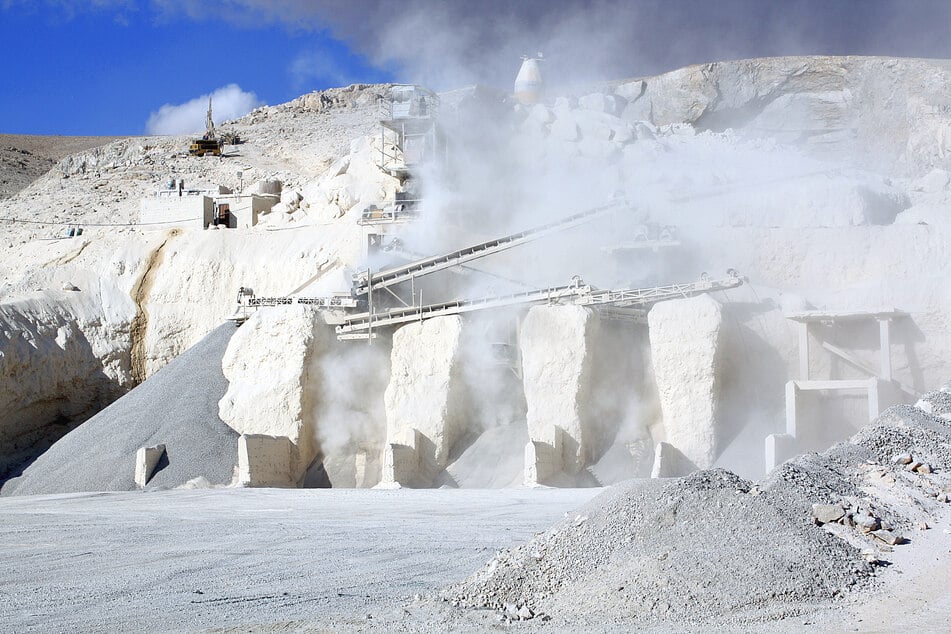Green concrete: Is there a way to build back better and more sustainable?
Houston, Texas - Concrete is a huge part of the climate crisis. But as the US prepares to finally upgrade its crumbling roads and bridges through Joe Biden's infrastructure bill, is there a way to keep building things without wrecking the environment?

Each year, making concrete is responsible for about 8% of global CO2 emissions.
Concrete is made by adding water to cement, stirring it up, and then pouring the sludgy slurry into molds to form buildings, bridges, roads, and other structures.
The concrete-making process doesn't emit significant amounts of CO2, but making cement sure does.
That's because the industry standard's recipe, called Portland Cement, requires heating a combination of limestone and clay to intense temperatures, which makes the two ingredients react with each other and emit CO2. Oh, and the heat comes from burning fossil fuels, so add those emissions to the total, too. Every ton of cement is responsible for about one ton of CO2 emissions.
If you add the emissions from concrete production to the other big emitter, steel production, the two industries are responsible for about 15% of global CO2 output each year. The good news is that steel production can be made sustainable.
Since the demand is expected to increase by 50% by 2050, is there a way to do the same with concrete?
Green concrete?

The alternatives focus on getting the cement production process to emit less CO2. Right now, Green Cement Inc., a company from Houston, Texas, has changed a few parts of the formula for making cement.
Green Cement Inc. uses a different method of cement production than the Portland Cement process. Instead, GCI goes old school – ancient, actually, to be exact. Its recipe is based in large part on the same ingredients used in the Roman Empire, with modern technology and some other adaptations added in.
The company also uses fly ash, which is a waste product of coal use. However, this is a dead end, because coal use is decreasing, and must be stopped entirely to meet emissions goals.
Other projects have used various different materials, including iron furnace slag, as the "glue" that concrete needs to be so strong and stable.
Carbon injection is another fledgling idea for taking captured CO2 and storing it in concrete, even making the building material stronger because of the added carbon. But, if anything, this would work only after the climate crisis is stabilized, because right now carbon capture technology isn't far enough along to make a difference.
So, even though the alternative cement and concrete recipes are still taking baby steps and change is slow, reworking how concrete is made could reduce the industry's carbon emissions by 50-80%.
Concrete isn't going away anytime soon, so it needs to change, especially since it is responsible for such a huge amount of CO2 in the atmosphere.
Cover photo: IMAGO/agefotostock
